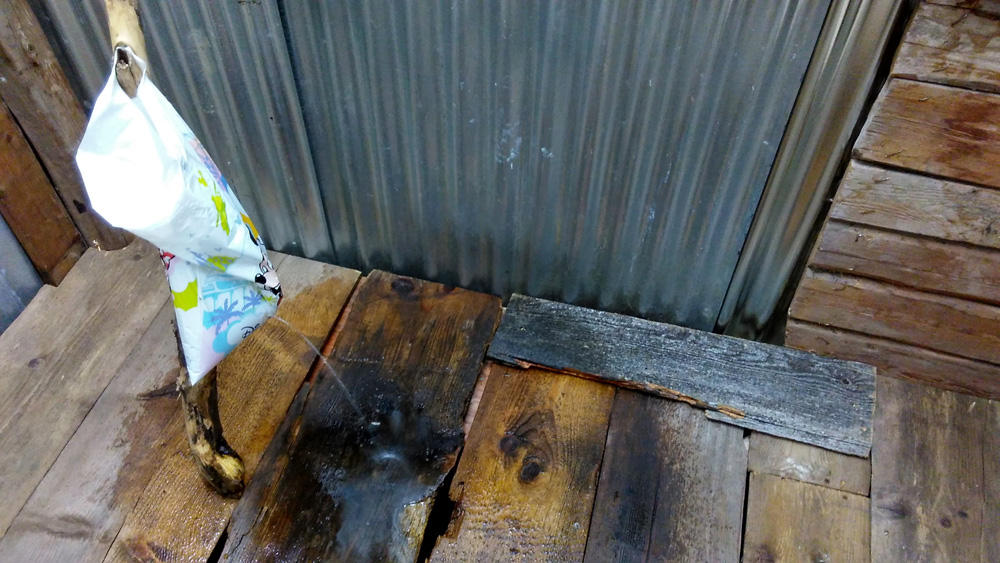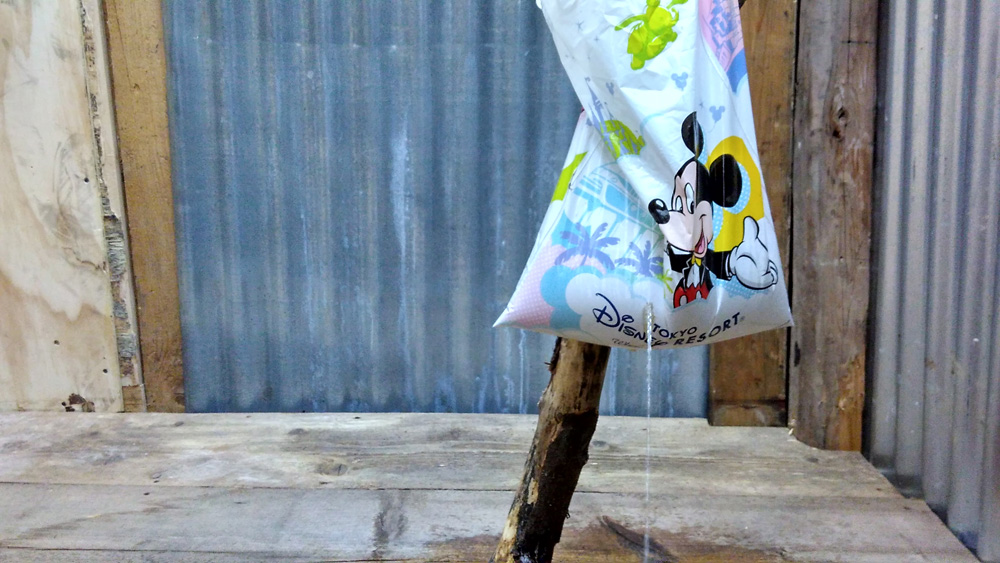Cologne, October 21 – November 25, 2017, http://brauchbarkeit.space

Jörg Obergfell spent some time in Japan in a residency in Aomori and he was fascinated by the non-architecture of sheds used to store agricultural equipment. He documented the sheds in photography. Each shed was photographed in the spring and in the winter. There was a medium shot showing the whole shed. And there were a few shots of mundane details. All the photographs have been aligned into a grid structure on the walls of the gallery.
The accompanying text referenced Bernd and Hilla Becher, but I felt this was quite a different work. Bechers were documentary photographers. They tried to capture large industrial structures: Extend the sublime and magnificent appearances beyond their own material existence. Obergfell’s object of interest is the antithesis of capital-intensive industrial constructions. Also his approach is more flexible and ethnographic: Shifting between the view of the whole and parts, between a green landscape backdrop and a white winter landscape backdrop. There is a sense of impermanence and instability.
The essay by David Howells on the exhibition flyer references Bernard Rudolfsky’s Architecture without Architects (1965) and I would agree that this is an important starting point for a lot of similar approaches that have evolved during the last few decades. In addition this reference it should be mentioned, that the “making do” approach within the Asian context has been investigated by a number of other authors, for example Kajima, Kuroda and Tsukamoto (2001) who coined the term Da-me Architecture (no good architecture) and investigated a similar aspect as Obergfell did, but in the urban context. A Taiwanese variant has been the book Architecture 2.0 by Chen Ying-Fong (2012). Thus Obergfell’s research is in good company of a number of authors researching the evolution of architectural forms within resource constraints.
In contrast to the aforementioned architects, Obergfell is primarily an artist. Besides the aforementioned photographic documentation, he created a unique response to the observations made in Japan: Within the exhibition space he constructed his own interpretation of a shed, using materials salvaged from construction sites from around the exhibition space and Cologne city. Inside of the empty shed was a bench, a branch and a plastic bag with a Mickey Mouse print and a small hole filled with water. The feeling that his shed created was somehow much more cartoon-like as a whole, and not only because of the Mickey Mouse which completed the picture. It was there to be entered and experienced. It was a space of reflection rather than a practical storage space. But all differences aside, it was still a shed, a member of the same architectural family, now in a contemporary art context.
Knowing the process which lead to the construction of the shed made a big difference. It showed the long way of interpretation and cultural translation that had to take place. This is never a smooth process, but nevertheless, Obergfell accomplished it and arrived at a destination that is simultaneously familiar and strange.
